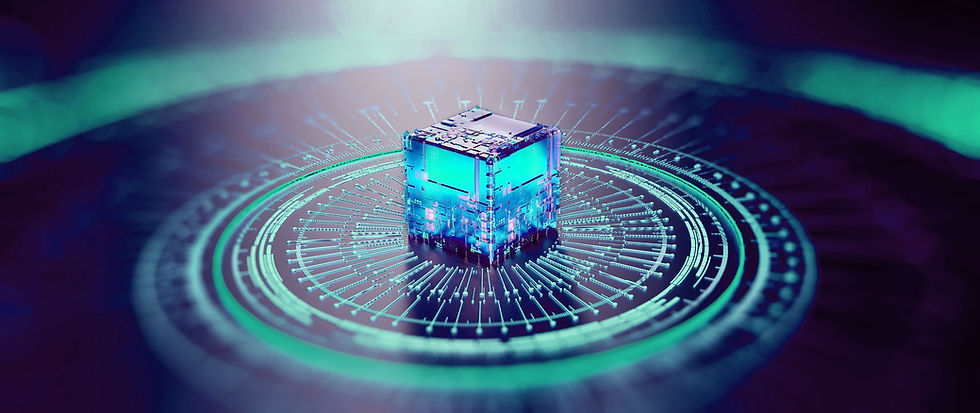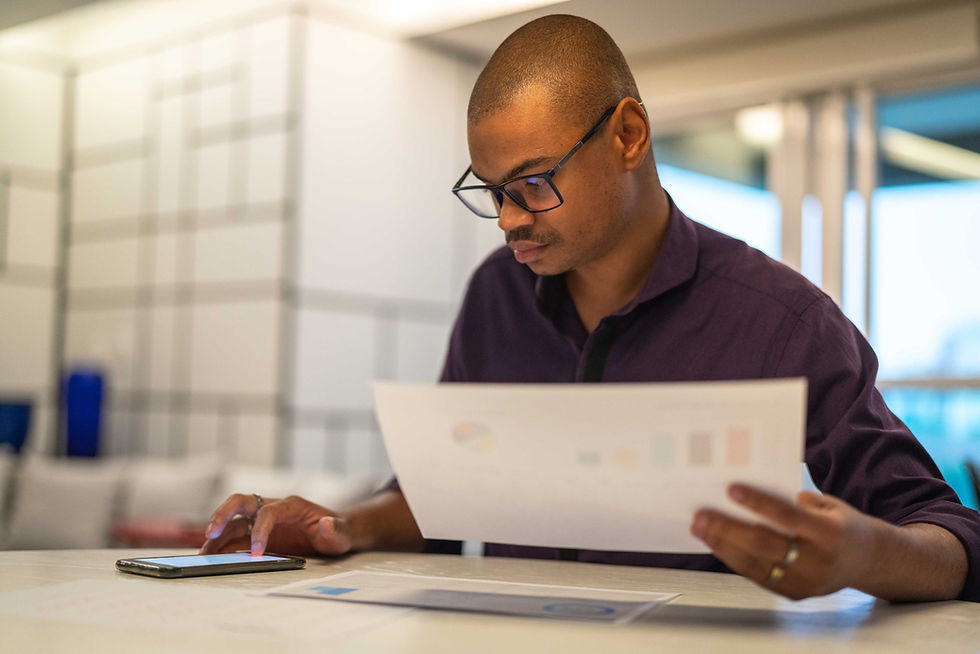How does AI actually make decisions? Is it just following rules or learning on its own?
- OwnWatt
- Apr 15
- 2 min read
Updated: Apr 17
AI is making more and more decisions in our daily lives—whether it's predicting stock trends, or assisting doctors with medical diagnoses. But how exactly does AI make these decisions? Does it just follow a set of rules, or is it actually learning and evolving?
The truth is, AI blends hard-coded rules with self-learning capabilities to improve decision-making over time. This combination allows AI to start with a reliable foundation while continuously adapting to real-world complexities.

Most AI systems don’t just learn from scratch. Instead, they start with a set of human-defined rules—like a checklist that helps guide decisions. From there, they begin analyzing data to refine and improve their approach. This approach is what makes AI powerful. It doesn’t just blindly follow instructions, but it also doesn’t make random guesses—it learns from patterns while staying within safe, structured boundaries.
Real-World Examples:
1️⃣ Healthcare: AI Diagnosing Diseases
In radiology, AI tools like Google’s DeepMind and IBM Watson Health started by following predefined medical rules to analyze X-rays and MRIs.
Over time, these AI systems learned from thousands of cases, identifying subtleties that even experienced doctors might miss.
The result? AI now helps detect early signs of cancer with accuracy comparable to top radiologists, reducing misdiagnoses and improving patient outcomes.
2️⃣ Finance: AI for Fraud Detection
Banks like JPMorgan Chase and Mastercard use AI to detect fraudulent transactions.
These systems start with a rule-based approach—for example, flagging transactions that exceed a certain amount in an unusual location.
But AI also learns from millions of transactions to recognize evolving fraud tactics, spotting suspicious activity even when it doesn’t fit traditional fraud patterns.
This blend of rules and learning has significantly reduced false alarms while catching more real fraud cases in banking systems.
So, next time you wonder if AI is just following instructions or thinking on its own, remember—it’s doing both to make smarter, more reliable decisions.




Comments